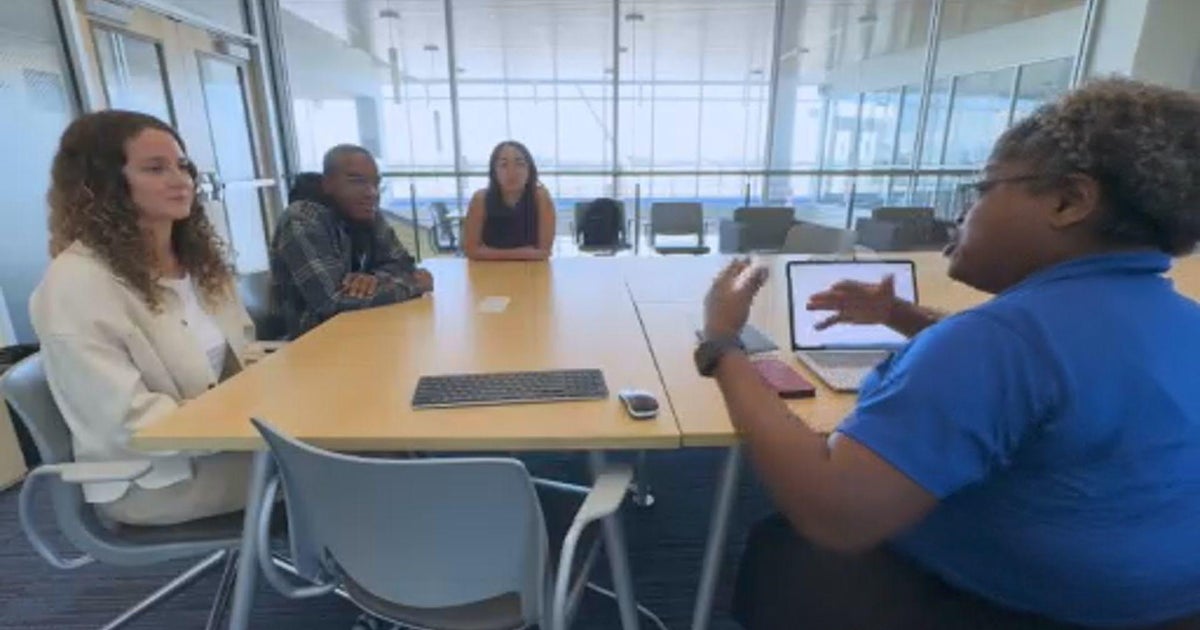Using Nonviolent Communication with Children: A Winning Recipe
Written by Judith Lavori Keiser, founder of The Culture Company, an organization that guides children toward empathy through multicultural peacemaking programs.
I'll never forget it. I had yelled at my young son for leaving his socks on the living room rug AGAIN. Once I cooled down I apologized for losing my temper over something so petty. His honest reply was, "It's ok, Mommy, I'm used to you yelling." Ouch!
I want my son to be honest and kind even when he is angry, but I was setting a terrible example. I resolved to find a better way to express my anger at both small annoyances and larger issues. I found it in Nonviolent Communication, psychologist Marshall Rosenberg's process for communicating with compassion.
Nonviolent Communication assumes we are all capable of connecting deeply with others, with open hearts. We are naturally compassionate, wanting to save those we care about from feeling pain and sorrow. We can express this compassion and empathy through our thoughts, words and actions.
The recipe is simple:
- I say what I see ("Observation")
- I say what I feel ("Feelings")
- I say what I need ("Needs")
- I ask for what I want ("Request")
Before I discovered Nonviolent Communication, I would either nag my son constantly about his bad habits or keep my annoyance inside, until something would trigger an explosion. You can imagine how well those techniques worked to change his habits and behavior – not very well! Instead he would react defensively, things would escalate, and we'd both end up yelling – not a great way to solve problems or model good communication skills.
I discovered that if I used Nonviolent Communication, he was less defensive, and I was less angry. The fundamental difference, besides a clean living room, is that we can communicate our feelings without having to experience the stress of anger. No anger, no yelling, no defensiveness – no question: this is a better way to communicate.
Back to the socks on the living room rug, as an example of using Nonviolent Communication:
Observation: I say what I see. I don't tell him how sloppy he is. I just tell him what I observe: "I see your socks are on the rug." It's important to separate my observation (socks on the rug) from judgment and blame (You're a slob!). It's not his character I dislike – just his actions.
Feelings: I say what I feel. I say, "I feel annoyed when I see your socks on the rug." I link my observation to my feeling, without blaming or shaming him. I also take responsibility for my feelings, focusing on how I feel, not what he did. Other people don't cause my thoughts, feelings and actions – I choose how I handle situations and how I feel about them.
Needs: I say what I need. "I am annoyed at the socks on the rug because I value a tidy, peaceful home that I'm proud to share with guests." Why do I even get upset about socks on the rug? Because I need to feel proud of my tidy living room and feel ready for unexpected guests. Socks destroy that prepared feeling and ruin that peaceful invitation. I'm unhappy because my needs aren't being met.
Of course, socks on the rug aren't a big deal – but my needs are. When I recognize the link between my feelings and my needs, I am giving myself empathy. When I express this connection to my son, I show him that my annoyance is connected to something important. If he understands my needs, he can practice empathy for me and express his natural compassion. And through my example, he can learn to give himself empathy by connecting his own feelings to his own important needs.
Request: I ask for what I want. I ask my son, "Would you be willing to put your socks in your own room when you take them off instead of leaving them on the living room rug?" This request suggests something he can do that would help me fulfill my needs. I'm specific about what I would like. I express what I want, not what I don't want, using positive language to focus on the desired result. And I'm not blaming, shaming or interrogating – so he has no need to get defensive.
Nonviolent Communication is not an instant fix, or a way to get people to do what I want. Occasionally there are still socks on the living room rug, and sometimes when I make a request of my son, the answer is no. But our interactions are much less stressful. I just calmly repeat the recipe (I make an observation, express my feeling, link it to my need, and make my request). Often, I can stop with the observation – he gets the message immediately, and because he is an honest and kind person, he almost always helps me fulfill my need. I think my son would agree that using Nonviolent Communication has helped us both yell less and feel closer to each other, even in conflict situations. Whether it's socks on the rug or more important issues, Nonviolent Communication helps us both be more honest and kinder. That's a winning recipe!
The Children's Services Council of Broward County is an independent taxing authority which was established by a public referendum on September 5, 2000, and reauthorized via referendum on November 4, 2014, which, through Public Act, Chapter 2000-461 of the laws of Florida, authorized the Council to levy up to 0.5 mills of property taxes. The role of the Council is to provide the leadership, advocacy and resources necessary to enhance children's lives and empower them to become responsible, productive adults through collaborative planning and funding of a continuum of quality care. To learn more about programs and services the Children's Services Council funds, please call (954) 377-1000.
For more information on the CSC, visit www.cscbroward.org.
Above content provided by Children's Services Council of Broward County.



